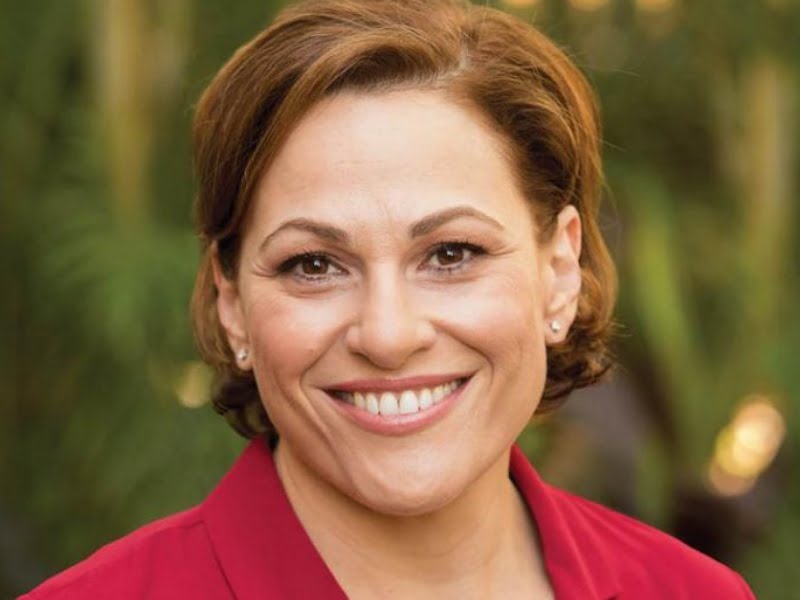Queensland Treasurer and Deputy Premier Jackie Trad has given the state’s flagship Advance Queensland tech and innovation strategy a $105 million boost as part of her second state budget delivered on Tuesday.
Ms Trad says Queensland’s economic growth rate will outperform national growth for the third consecutive year and that the state’s net operating surplus for this current financial year would be almost $700 million higher than forecast at $841 million, and producing a further surplus of $189 million for 2019-20.
Ms Trad also announced the $755 million Advance Queensland strategy would get an additional $105 million from 2018–19 for the suite of programs that sit within the long-term strategy, such as the Ignite Ideas Fund.

She said $45 million would be invested into the Advance Queensland Industry Attraction Fund, bringing the total backing for that fund to $150 million.
According to the Treasurer, the fund would be used to achieve “Queensland Government’s objectives of employment creation, regional growth and encouraging innovation. It aims to harness growth in emerging industries and value add to existing industries through financial support for contestable projects.”
Under the Advanced Queensland strategy, $8.6 million over two years would be handed to FibreCo, the state-owned entity, to make high-speed and low-cost internet available to regional Queensland.
This latest budget also accounted for the additional $19 million the Queensland government would commit to support the roll-out of its recently announced Hydrogen Industry Strategy.
Ms Trad added in 2019, the government would release the Building Our Innovation Economy – Advanced Queensland Strategy that will serve as the blueprint for the next phase of Advance Queensland.
“The Strategy outlines five priorities to shape the next phase of Advance Queensland – back our strengths, solve big challenges, build innovation in our regions, scale-up innovation and new skills and new jobs,” she said.
The government said it would also invest an extra $15 million over seven years to establish a Defence Cooperative Research Centre (CRC) for Trusted Autonomous Systems.
The Budget also indicated local sectors, such as those in manufacturing, would see increased funding of $6 million over two years as part of the Made in Queensland grants program, designed to boost international competitiveness and help local sector adopt new processes and technologies.
This increase would bring the total funding to $46 million over five years from 2017-18.
Other funding for local businesses includes $25 million for the Jobs and Regional Growth Fund to assist businesses and projects that would generate “economic development and employment opportunities in regional Queensland.”
Meanwhile, $4 million in 2019-20 would go towards the Advancing Small Business Queensland Strategy 2016-2020 to encourage small businesses to start, grow and employ in the state. It would build on top of the additional $21.2 million over five years and $767,000 per annum ongoing that would be delivered to the Queensland Business Launch Pad and a Vocational Education Training Consumer Support Program.
To develop future skills sets and knowledge, the government said it would divide $5.5 million over three years for the Micro-Credentialing Pilot to address emerging workforce skills requirement.
The pilot would be designed to match industry skill needs with focused training for employees, and include options to develop skills, skill sets or knowledge that is required by industry, professional associations, or the community.
On the science front, the Queensland government will distribute $25 million over four years for its Research Infrastructure Co-Investment Fund for science-led partnerships and joint ventures.
Additionally, $33.3 million will be invested over four years and $8.1 million per annum ongoing to improve citizen and business online interaction with the government’s services channels.
This would take the total for Responsive Government funding to $65.5 million over four years, which would be used to enhance government digital technology and service design capabilities.
Do you know more? Contact James Riley via Email.

